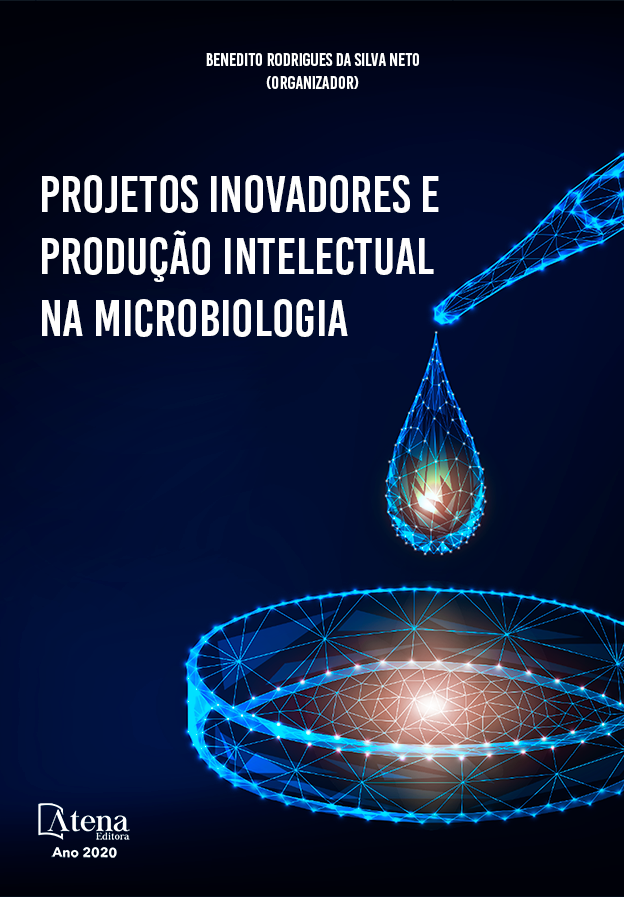
FILAMENTOUS FUNGI BIOPROSPECTION AIMING STUDIES ON AMYLASES AND PECTINASES SUITABLE FOR INDUSTRIAL PROCESSES
A bioprospecção é a forma ou método de localizar, avaliar e explorar de maneira organizada e legal a biodiversidade de um determinado local visando a busca de recursos genéticos e bioquímicos para fins econômicos. Com a crescente consciência da importância e do valor da biodiversidade usada como matéria-prima, o objetivo desse trabalho foi realizar, inicialmente, a coleta de fungos filamentosos no Bosque do Jardim Botânico, no município de Araraquara-SP. Foram coletadas 11 amostras, sendo estas de solo, tronco e formigueiro. Este material foi inoculado em placas de Petri contendo meio sólido de aveia, para o isolamento dos fungos filamentosos. Parte dos fungos (14 isolados escolhidos das 11 amostras) foi identificada até gênero através de técnicas de microcultivo, mediante a observação microscópica de estruturas morfológicas. Em seguida, foram identificados na Micoteca URM, Universidade Federal de Pernambuco. Os resultados foram comparados usando novamente a técnica de microcultivo no Laboratório de Microbiologia e Biologia Celular do Departamento de Biologia da FFCLRP-USP. Os gêneros identificados foram Trichoderma, Acremonium, Absidia, Rhizopus e Mucor. A seguir, foram verificadas as produções de amilase e pectinase por meio de experimentos de cultivo dos fungos em meios sólidos. Após o crescimento dos fungos por 2 dias, os meios foram corados com solução de lugol e vermelho de rutênio para amilase e pectinase, respectivamente. Foram identificados poucos fungos bons produtores. Desta forma, foi realizado um screening em cultivos submersos para a produção das enzimas supracitadas. Nessas condições observou-se que, comparado à literatura, não havia fungos bons produtores de amilases, mas o contrário foi verificado para pectinases, onde pelo menos, dois fungos do gênero Trichoderma produziram altos níveis enzimáticos. Desta forma conclui-se que o estudo de prospecção foi bastante satisfatório para fins de degradação de biomassa e possibilidade de produção de biocombustíveis e outras aplicações biotecnológicas na indústria.
FILAMENTOUS FUNGI BIOPROSPECTION AIMING STUDIES ON AMYLASES AND PECTINASES SUITABLE FOR INDUSTRIAL PROCESSES
-
DOI: 10.22533/at.ed.7472017118
-
Palavras-chave: Fungos; amilase; pectinase; aplicação industrial; bioprospecção.
-
Keywords: Fungi; amylase; pectinase; industrial applications; bioprospecting.
-
Abstract:
Bioprospecting is the method of locating, assessing, and exploring the biodiversity of a given location in an organized and legal manner, with the aim of seeking genetic and biochemical resources for economic purposes. With the growing awareness of the importance and value of the biodiversity used as raw material, the objective of this work was to collect filamentous fungi at Bosque do Jardim Botânico, in the municipality of Araraquara-SP. Eleven samples of soil, trunk, and anthill were collected. This material was inoculated in Petri dishes containing solid oat medium and then the isolation of the filamentous fungi was carried out. Part of the fungi (14 isolates chosen from 11 samples) was identified up to the genus employing microculture techniques, through microscopic observation of morphological structures. Then, they were identified by the URM Culture collection, from the Federal University of Pernambuco. The results were compared again by the microculture technique at the Laboratory of Microbiology and Cell Biology of the Department of Biology at FFCLRP-USP. The identified genera were Trichoderma, Acremonium, Absidia, Rhizopus, and Mucor. The amylase and pectinase production were verified using fungi cultivation experiments in solid medium. After the growth of the fungi for 2 days, the media were stained with lugol solution for amylase, and ruthenium red for pectinase. Few good producing fungi have been identified. Therefore, a screening was carried out on submerged cultures for the production of the mentioned enzymes. In these conditions, it was observed that, compared to the literature, there were no good amylase-producing fungi, but the opposite was verified for pectinases, where at least two Trichoderma produced high enzymatic levels. Thus, it is concluded that the prospection study was quite satisfactory for the purpose of biomass degradation, biofuel production, and other biotechnological applications in the industry.
-
Número de páginas: 15
- Daniel Borba Zanelatto
- Mariana Cereia
- Tássio Brito de Oliveira
- Ana Sílvia de Almeida Scarcella


